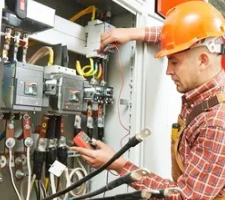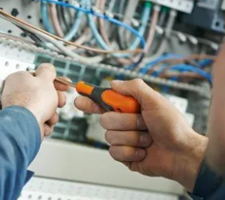The advantages of induction heating:
① There is no need to heat the whole, the deformation of the workpiece is small, and the power consumption is small.
②No pollution.
③The heating speed is fast, and the surface oxidation and decarburization of the workpiece is lighter.
④The surface hardened layer can be adjusted as required, which is easy to control.
⑤The heating equipment can be installed on the mechanical processing production line, which is easy to realize mechanization and automation, easy to manage, and can reduce transportation, save manpower, and improve production efficiency.
⑥The martensite structure of the hardened layer is finer, and the hardness, strength and toughness are higher.
⑦After surface quenching, the surface layer of the workpiece has a larger compressive internal stress, and the workpiece has a higher fatigue resistance. The future characteristics of induction heating equipment as the degree of automation control of induction heat treatment production lines and the high reliability requirements of power sources increase, it is necessary to strengthen the development of complete sets of heating process devices. At the same time, the induction heating system is developing towards the direction of intelligent control. The induction heating power supply system with intelligent computer interface, remote control and automatic fault diagnosis, miniaturization, suitable for field operations, high efficiency and energy saving control performance is becoming the future development goal.

The induction heating can be used in a variety of occasions, mainly include:
( 1 )Metallurgy: smelting of non-ferrous metals, heat treatment of metal materials, stealing heat in the production of forging, extrusion, rolling and other profiles; welds in the production of welded pipes.
( 2 )Machinery manufacturing: quenching of various mechanical parts, and heating for heat treatment such as tempering, annealing and normalizing after quenching. Diathermy before pressure processing.
( 3 )Light industry: the sealing of cans and other packaging, such as the sealing packaging of the famous Tetra Pak brick.
( 4 )Electronics: heating for vacuum degassing of electron tubes。

 Your message must be between 20-3,000 characters!
Your message must be between 20-3,000 characters! Please check your E-mail!
Please check your E-mail!  Your message must be between 20-3,000 characters!
Your message must be between 20-3,000 characters! Please check your E-mail!
Please check your E-mail! 


